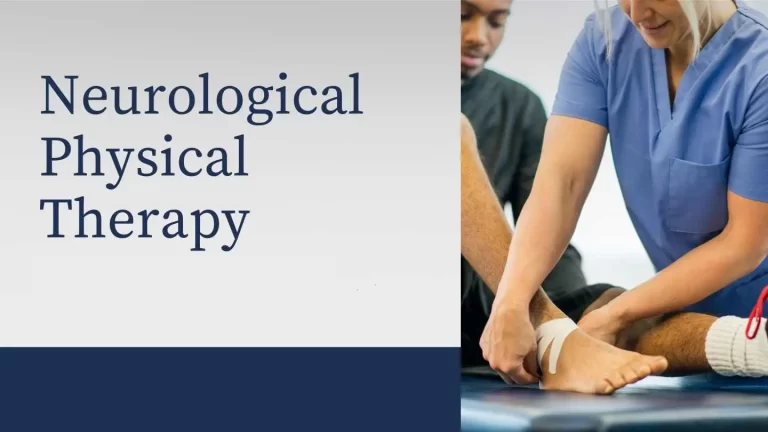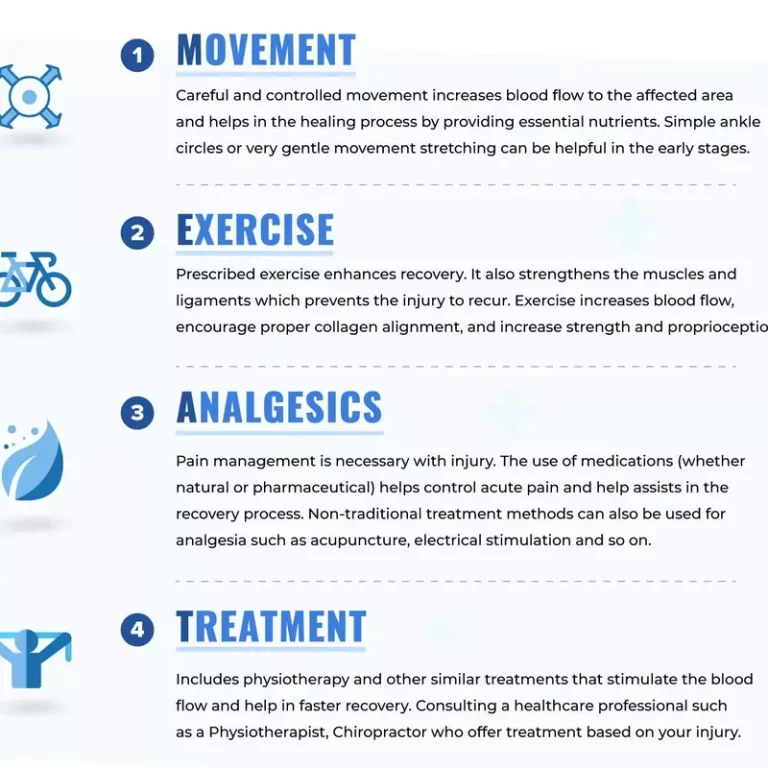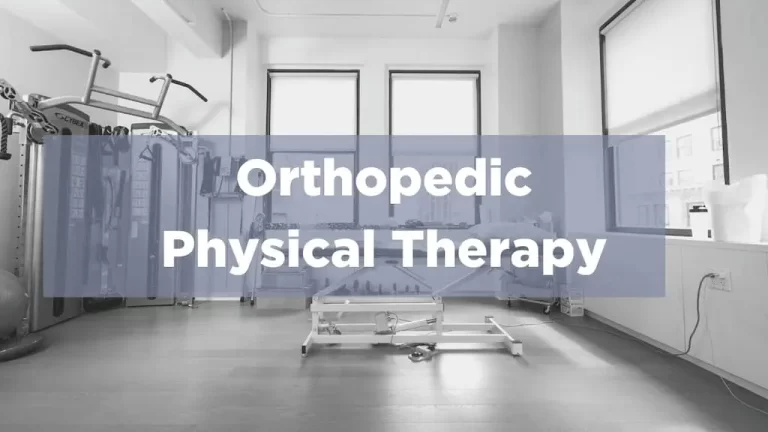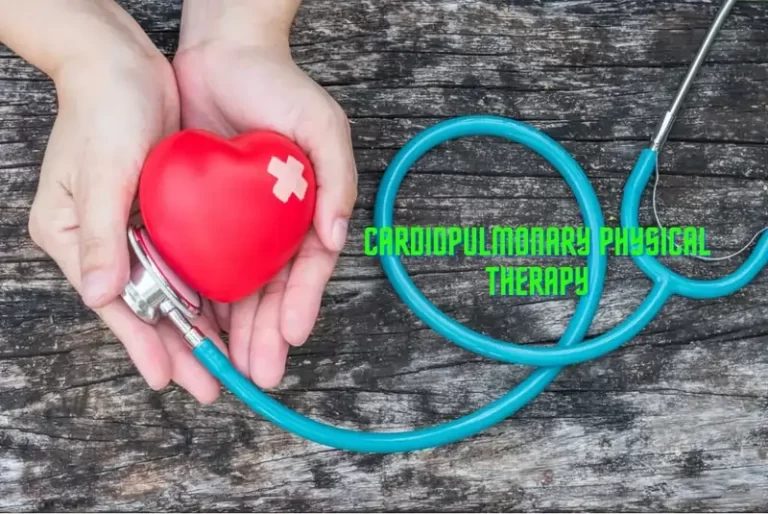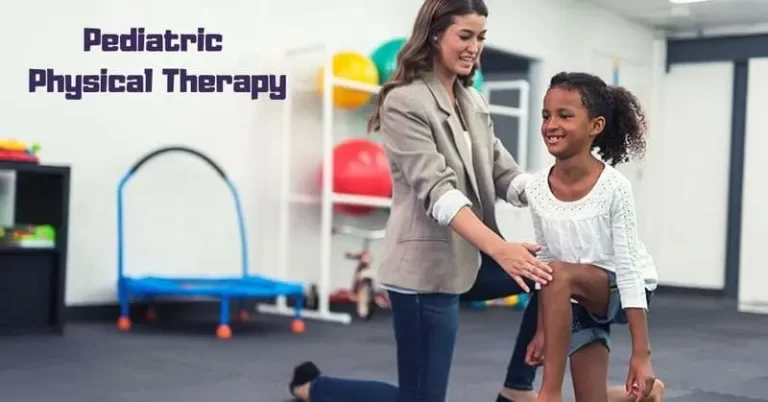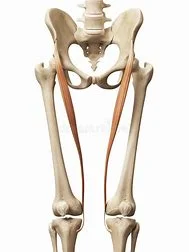Home Physical Therapy
Introduction Physical therapy is among the home-based healthcare services that have become more and more popular in recent years. There are several benefits to home physical therapy for people recuperating from surgery, injuries, or chronic illnesses. This article examines the advantages of at-home physical therapy and the reasons it’s growing in popularity among both patients…


